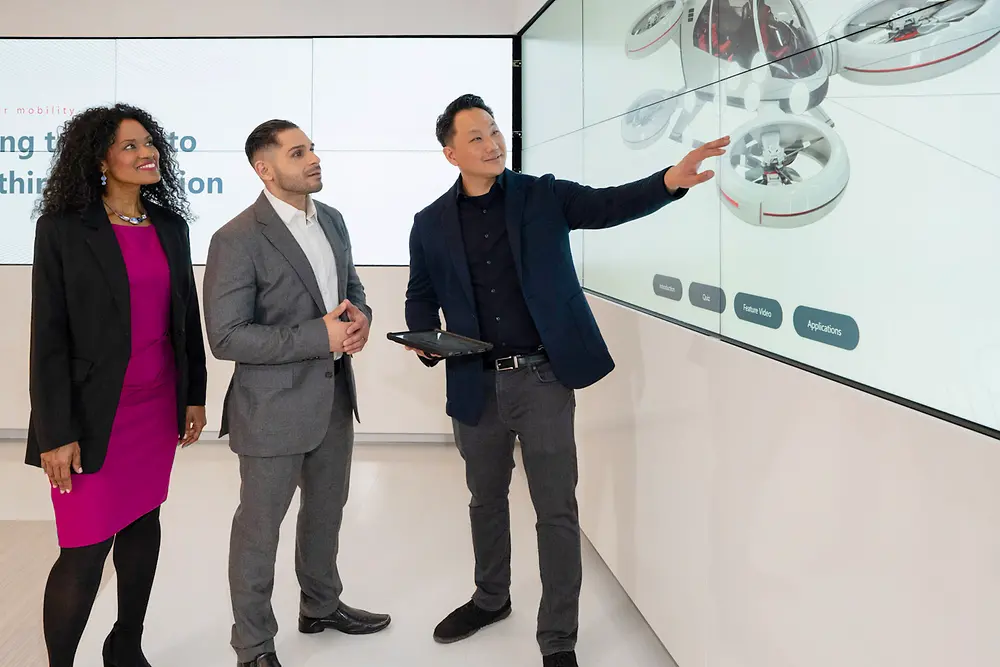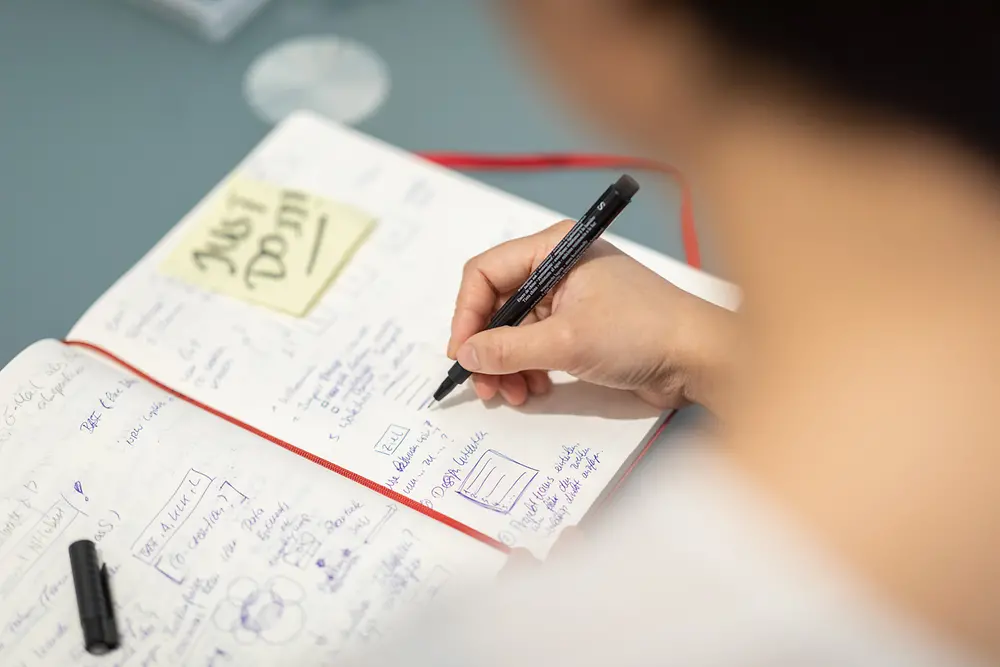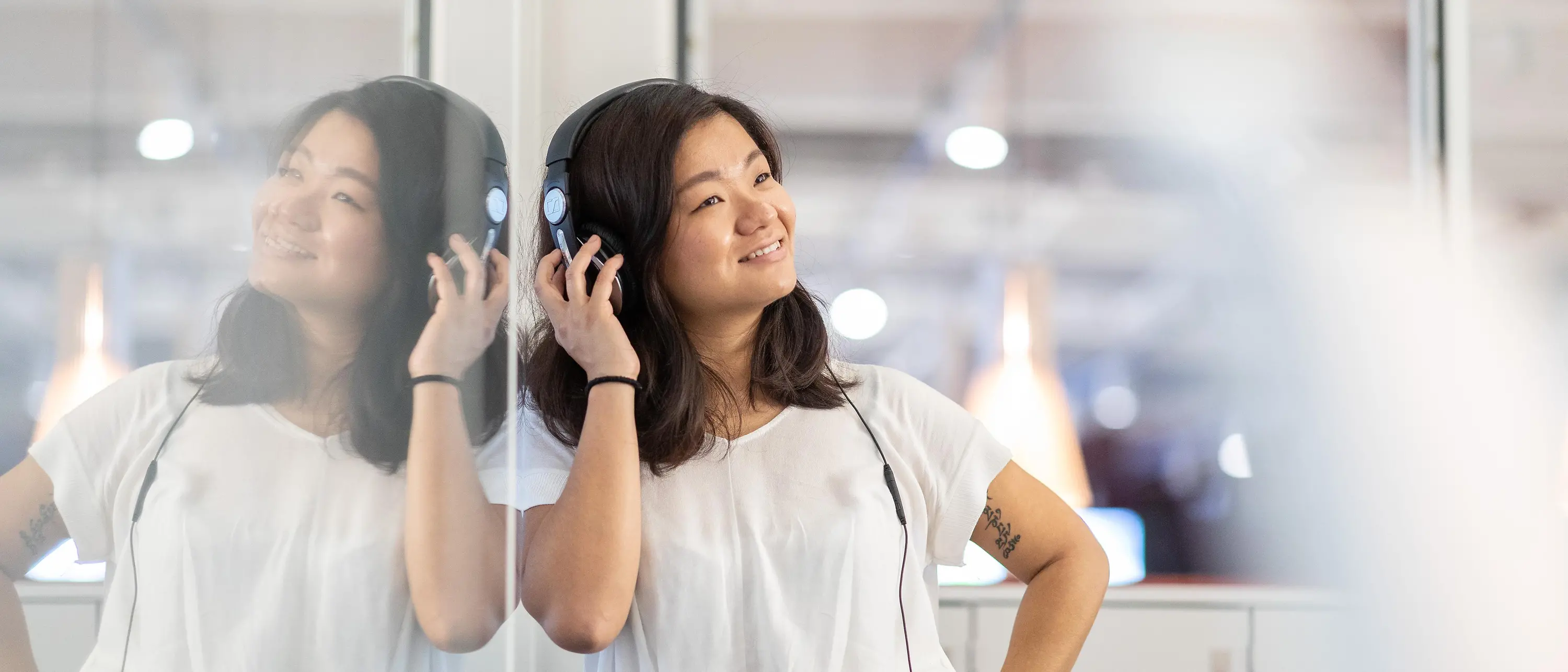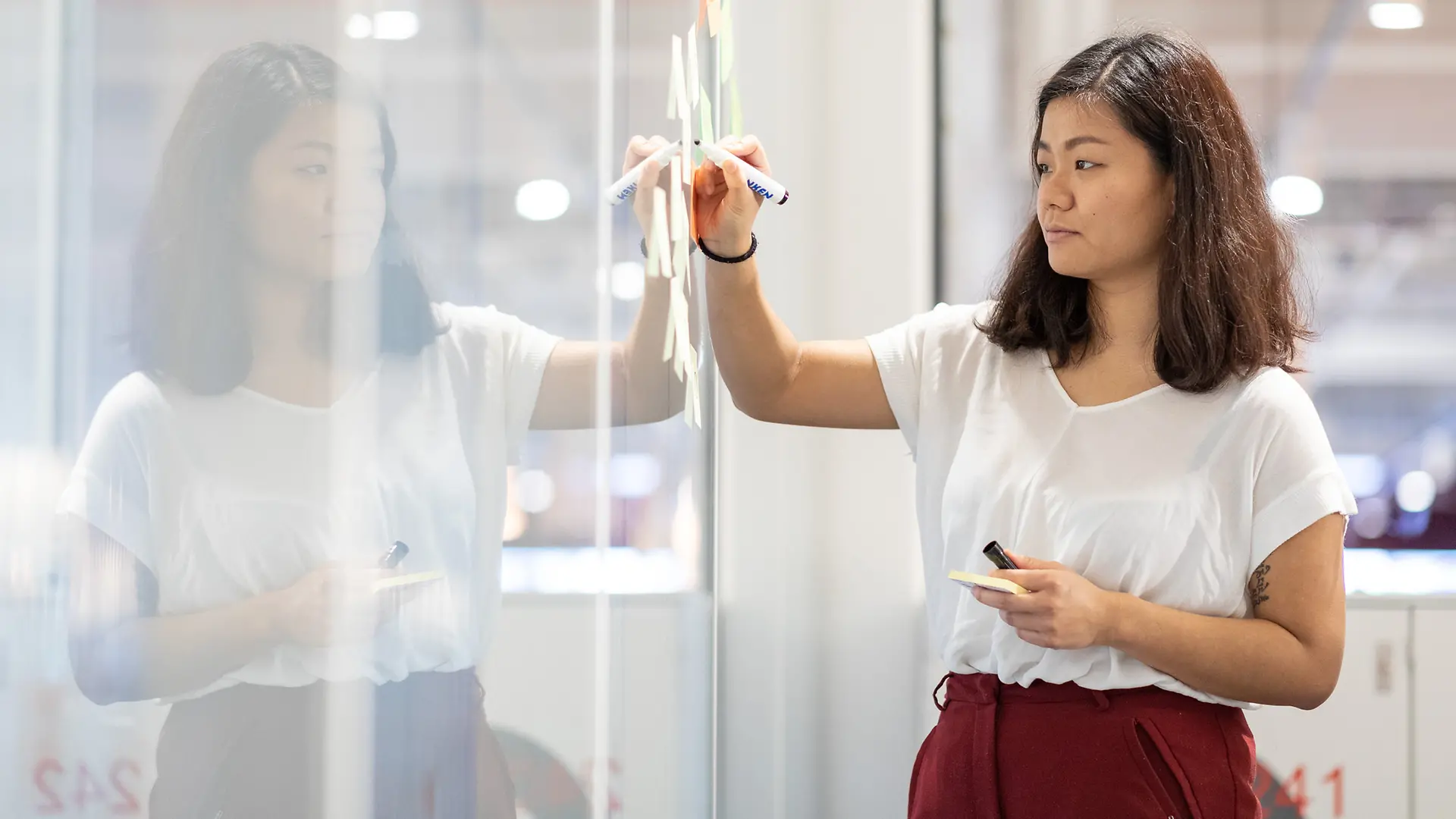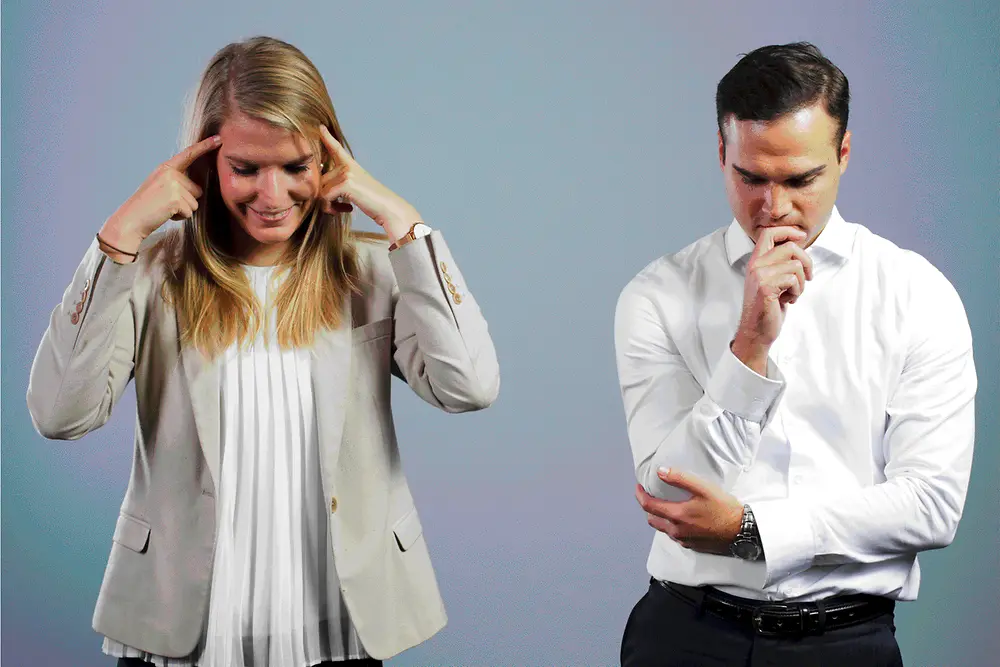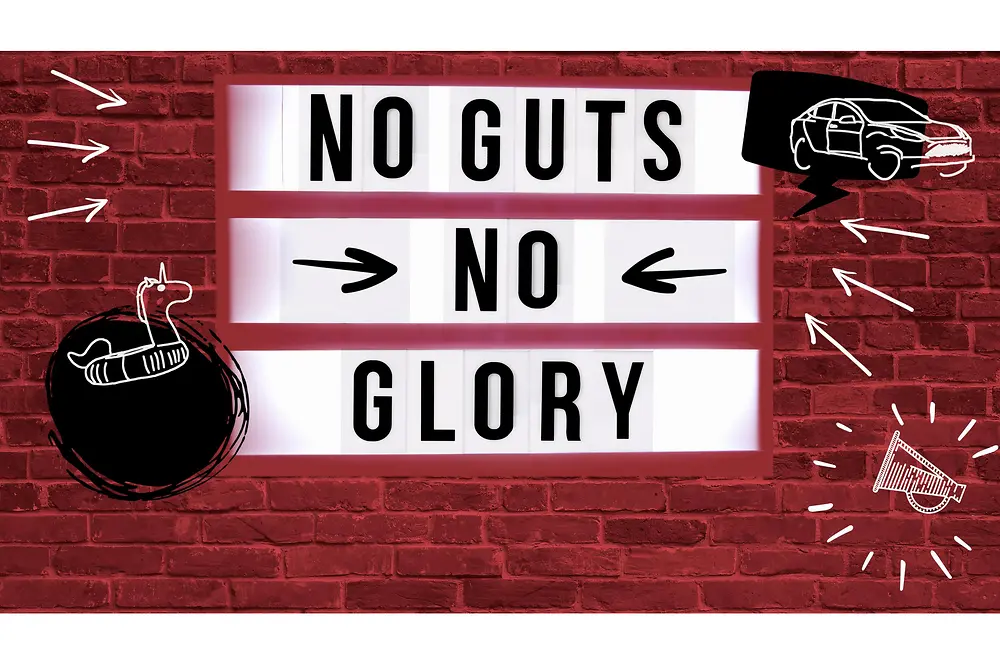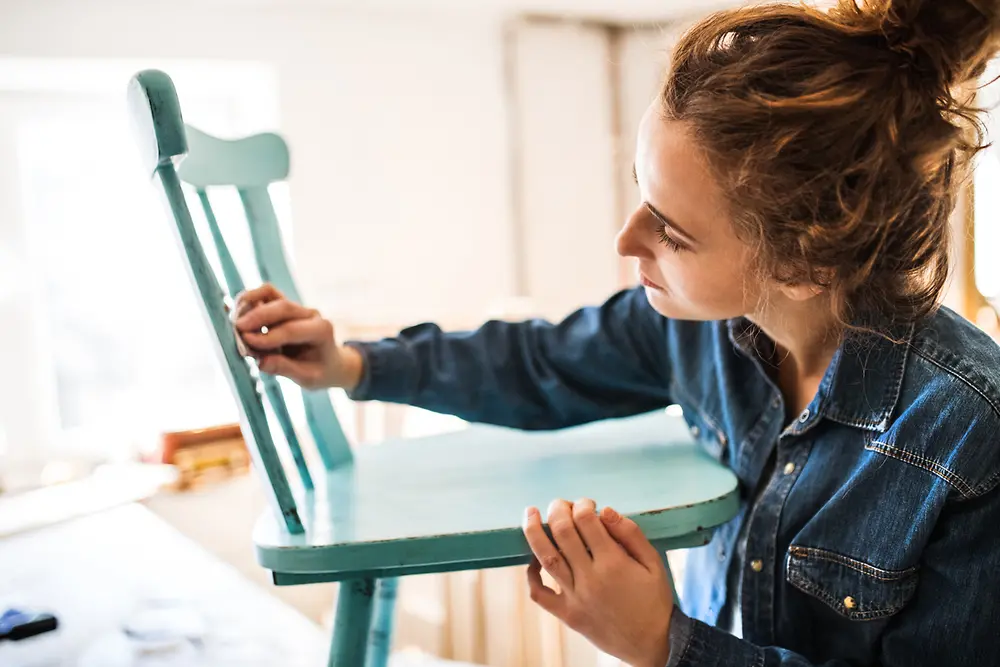When we think about creativity, we think of artists, musicians, inventors. We think of people who created beautiful and aesthetic or inventive things that disrupted the world and changed industries. In fact, creativity is not a gift limited to certain groups of people or certain professions. Everybody can be creative, in every aspect of life.
The best way to capture your creative thoughts is to simply record them in a notebook.
The best way to capture your creative thoughts is to simply record them in a notebook.
Even in the corporate environment, with specific job descriptions and given tasks, there is room for creativity. At work, we tend to tick off one to-do after the other, replying to emails, answering phone calls and running from meeting to meeting. And in between all these activities, we need to squeeze in our actual work. These are the scenarios I was afraid of before entering the corporate world. Being a creative person by nature, my biggest fear was to be restricted in my creativity and, eventually, to lose it completely.
Soon enough, I realized that the environment is not the limit, only the attitude. We need to break out of our typical routine. It doesn’t mean that we have to change our ways of working – there are little things all of us can do throughout the day to get our creative juices flowing.
